In a new book, Old Wheelways: Traces of Bicycle History on the Land, historian Robert L. McCullough writes about cyclists’ explorations of the American landscape in the late 19th century. The book is filled with engravings that originally appeared in cycling publications like The Wheelman and Outing, cataloging the social world of bicycle enthusiasts, along with the landscapes and infrastructure that adventuresome cyclists observed on their treks through countrysides and cities.
The process of wood engraving, which calls for an illustration to be carved into a block of hardwood using a special set of tools, allowed for cheap and quick reproduction of images in 19th-century magazines and newspapers. Most of the magazine illustrations in McCullough’s book are wood engravings, made at the technique’s heyday. Wood engraving, writes curator Nancy E. Green, became less popular in commercial printing near the end of the 19th century, “replaced by photography, a much quicker and more efficient process.”
More than a few of the engravings below come from illustrations by the then-twentysomething artist F. Childe Hassam. Hassam was later to drop the “F” and become a painter, evolving into the most influential practitioner of Impressionism in the United States. His cycling illustrations have a beautiful, dreamy quality that foreshadows his later work.

MIT Press
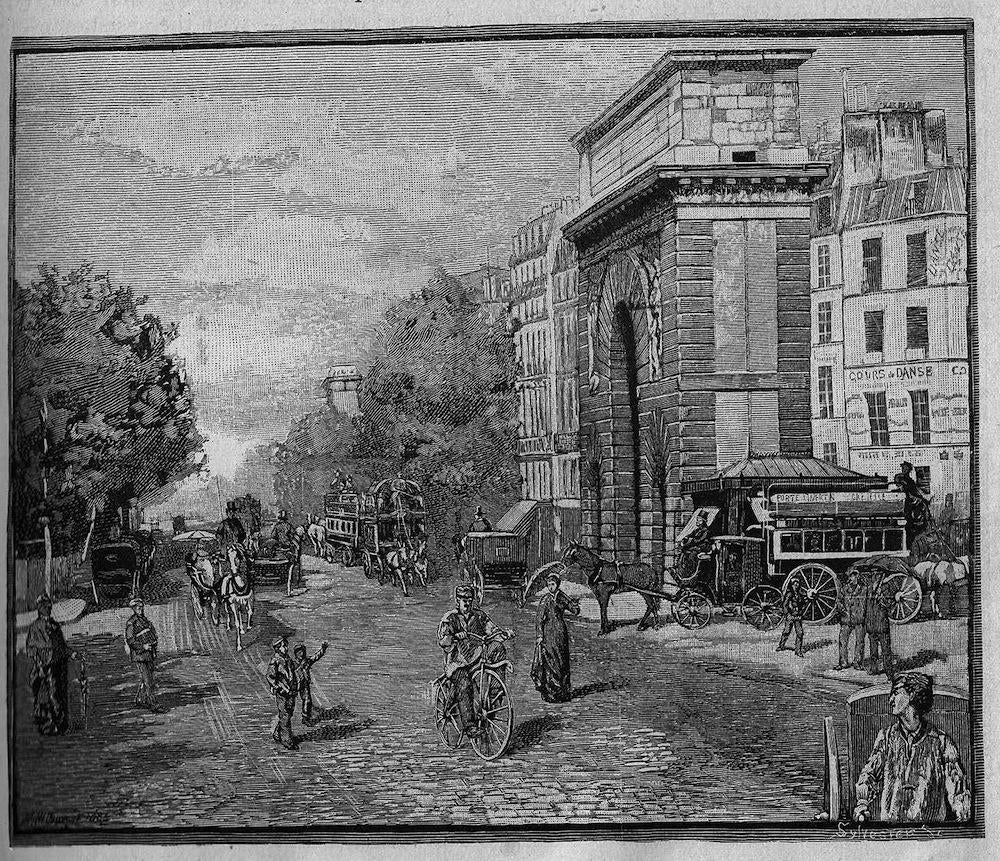
MIT Press
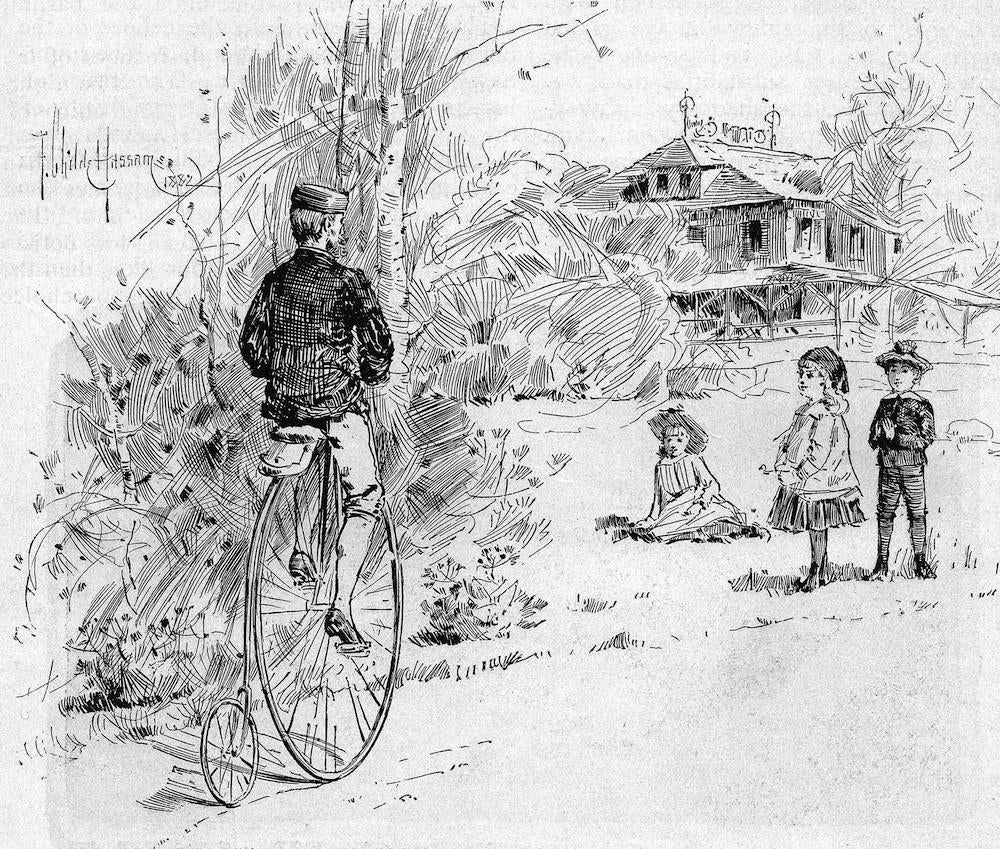
MIT Press
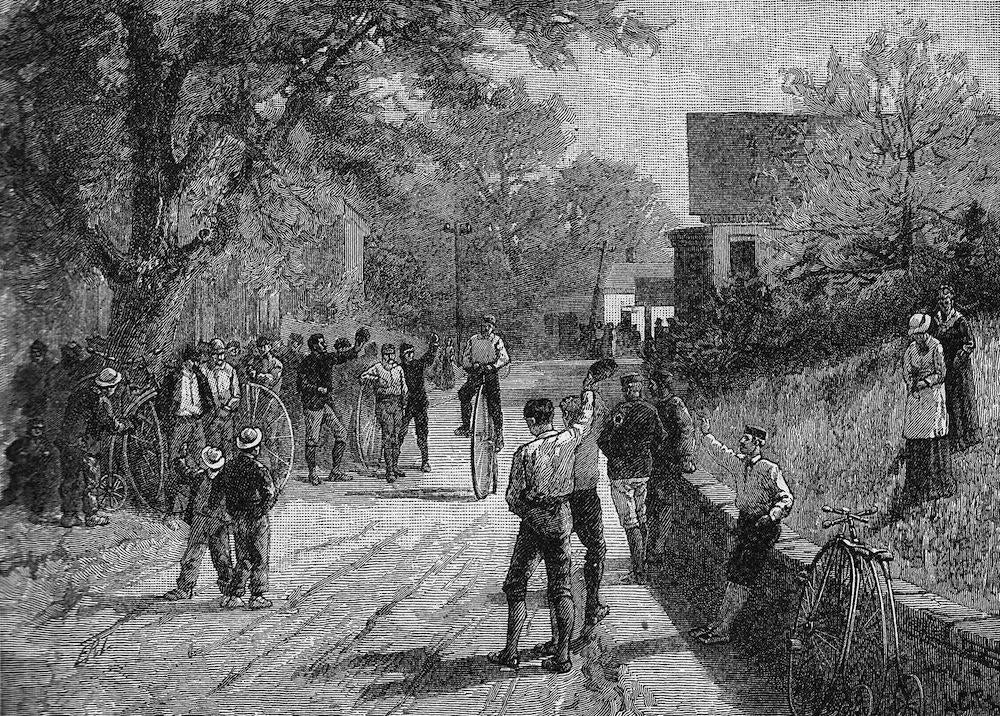
MIT Press
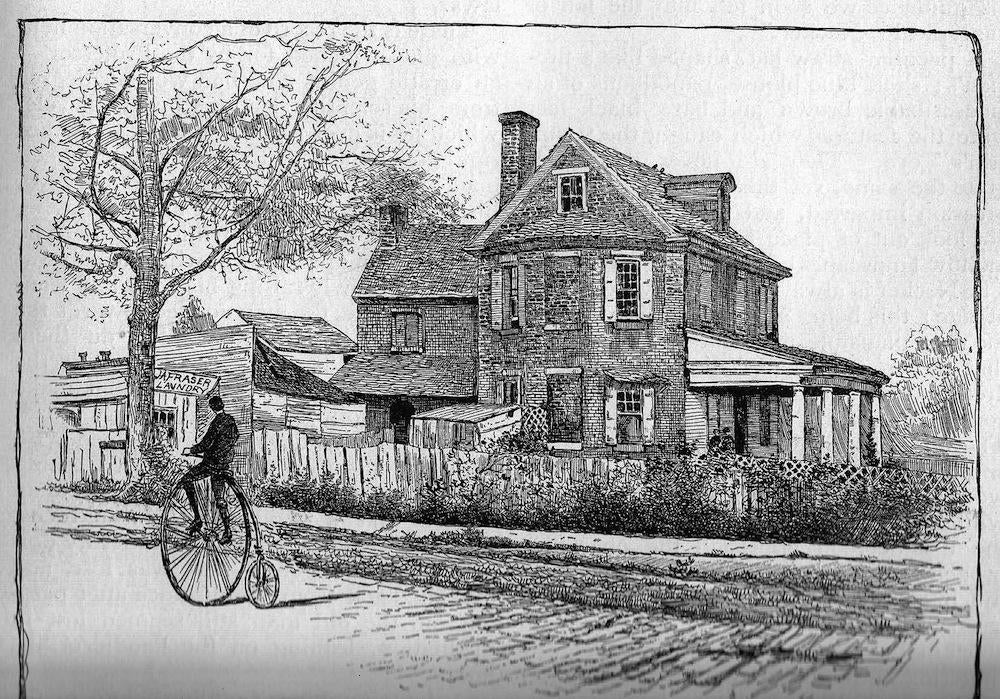
MIT Press
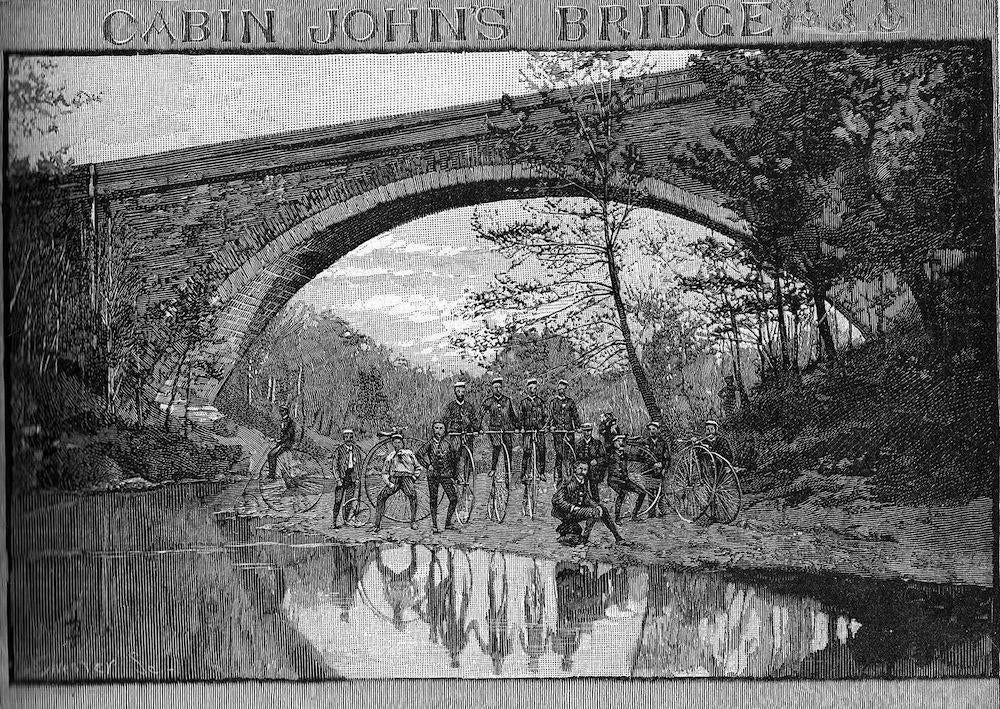
MIT Press

MIT Press
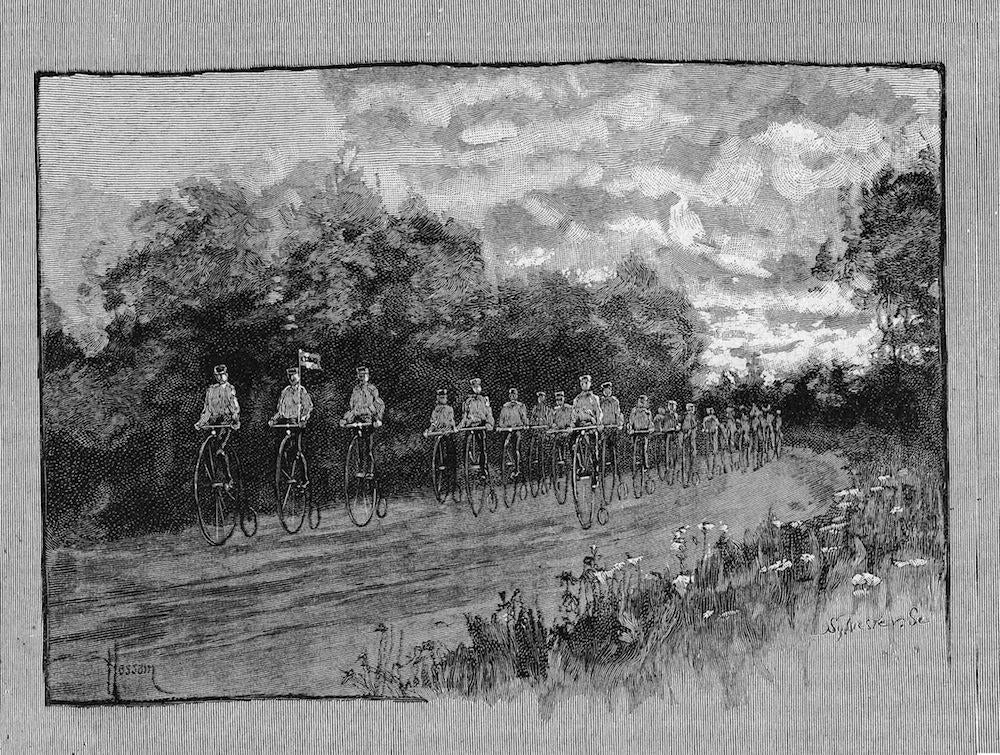
MIT Press
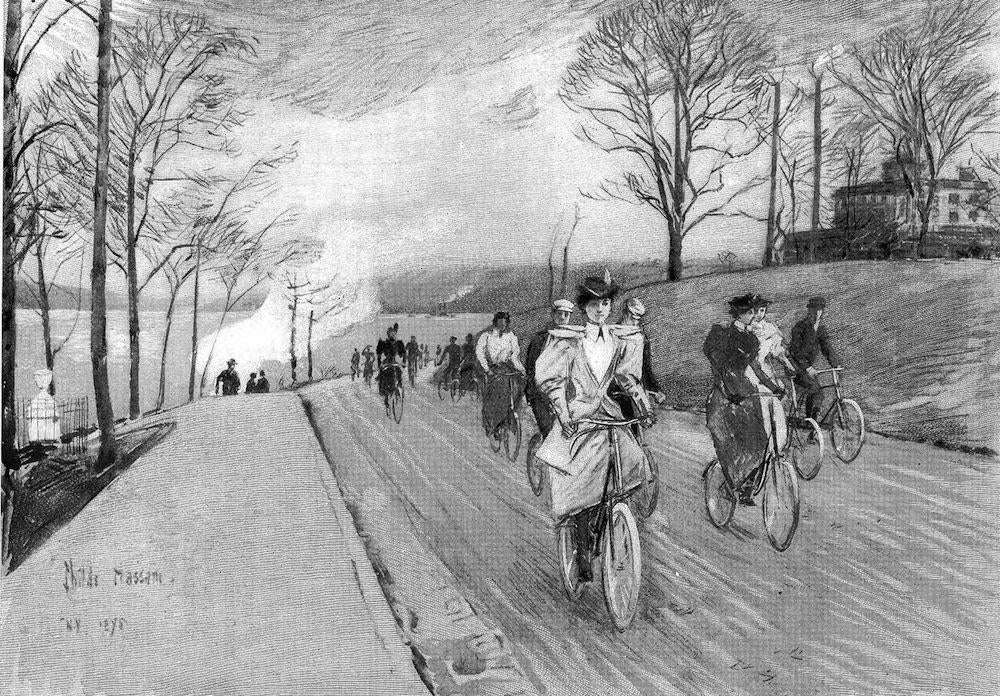
University of Vermont Libraries/MIT Press

MIT Press

MIT Press